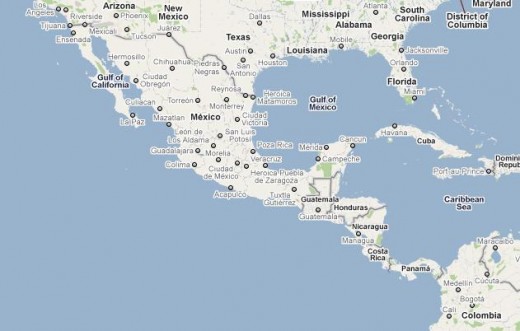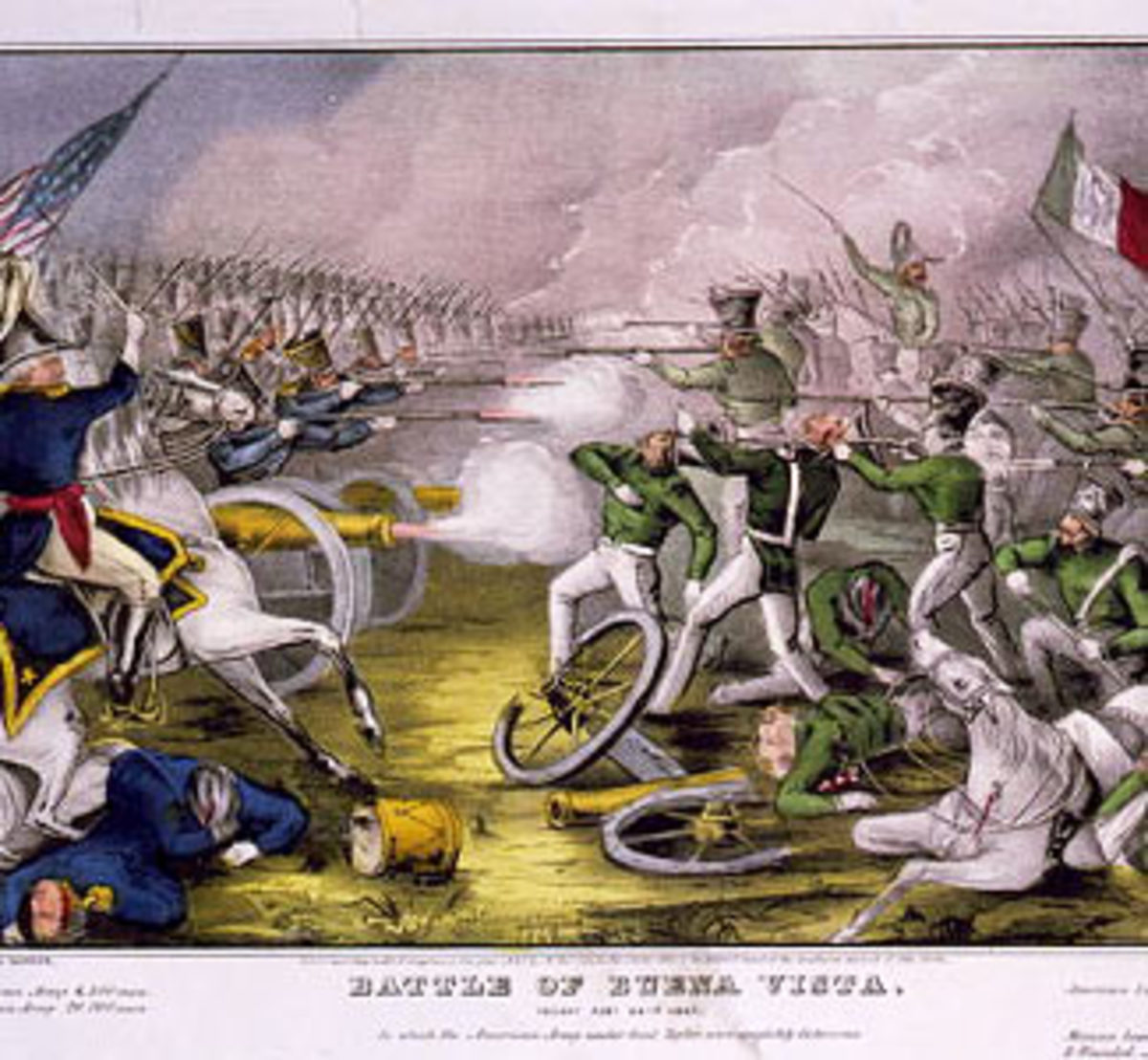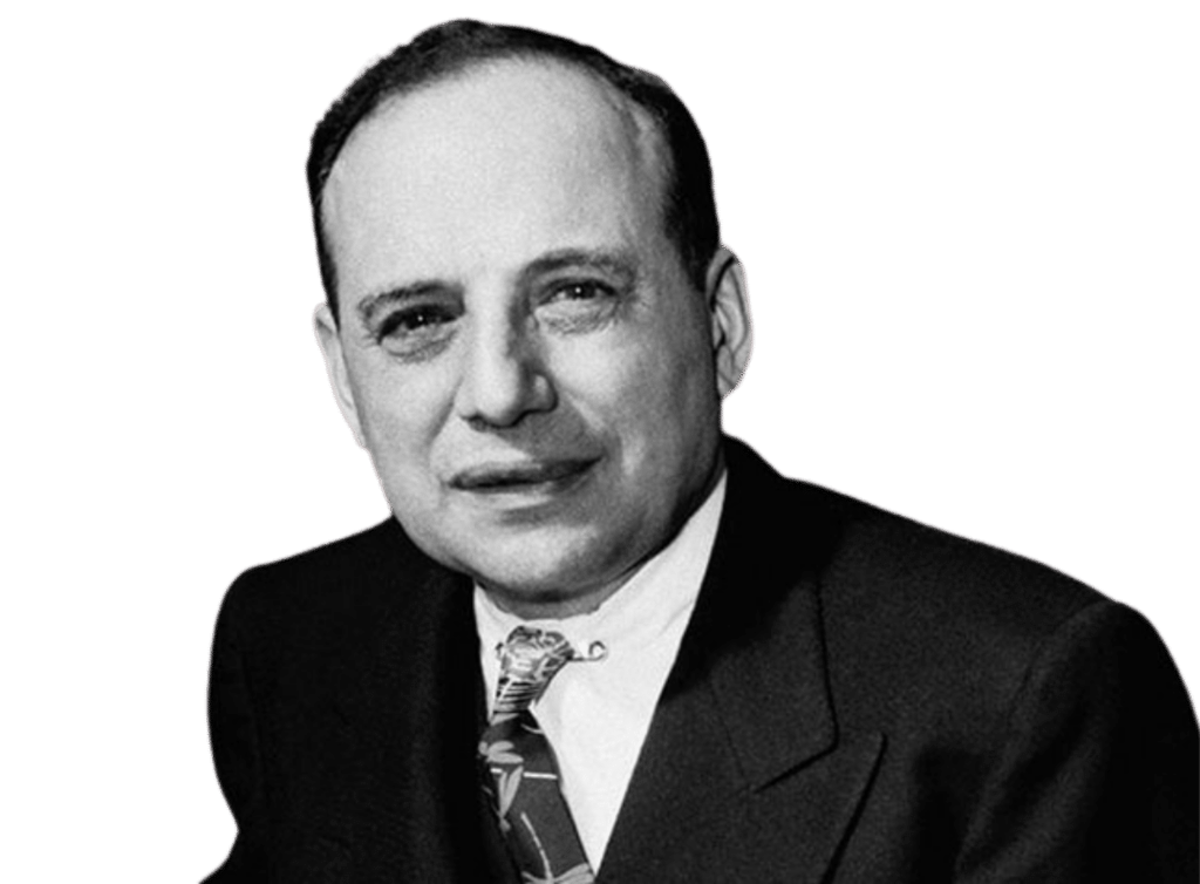NEW WEALTH: Exploring Mexico's LAND


The Advantages and Disadvantages of Embracing Mexico. Food for Thought!
Imagine stepping out of your sprawling new home onto soothing white sands between your toes, 84 degrees of beaming sun and tropical drifts of calm, encompassing, warm winds – in February! No, it’s not Florida, Texas or California – It’s Mexico: The soon-to-be 52nd State of the United States of America.
This new addition to the Union brings endless benefits. It is quite interesting how advantageous this region can actually be to the US. From offering numerous possible opportunities for US economical growth to setting the standards of social awareness on the global platform to continually spreading the message of "Life, Liberty and the Pursuit of Happiness" worldwide, the acquisition of Mexico proves fully plausible, functional and destined.
The Last Acquisition
To date, the most likely candidate for statehood is Puerto Rico – a territory or commonwealth of the US from since around 1898 – the soon-to-be 51st State. Puerto Rico called itself the "Commonwealth of Puerto Rico" in the English version of its constitution, and as "Estado Libre Asociado" in the Spanish version. The island’s ultimate status has not been determined as of 2011. As with any non-state territory of the United States, its residents do not have voting representation in the United States government. Puerto Rico has limited representation in the US Congress in the form of a Resident Commissioner, a nonvoting delegate.





The Advantages of The New Acquisition
Mexico has already been aided and supported tremendously by the US. In December 1994, a month after Carlos Salinas de Gortari was succeeded by Ernesto Zedillo, the Mexican economy collapsed. With a substantial and rapid rescue packaged authorized by US President Bill Clinton and major macroeconomic reforms started by president Zedillo, the economy rapidly recovered and growth peaked at almost 7% by the end of 1999. With some more modern-day US support, Mexico can catch up and reach its full production potential. A strategic US investment into the development of the State of Mexico will, not only absorb the costs associated with the acquisition, but will also eradicate three times the current Federal Deficit and post a substantial US domestic surplus . Most investors know that a stock price, for example, is of less importance at purchase, when the profitability potential of that stock is almost exponential – it’s all about catching the ride up.
Through US assistance, Mexico will be in a much better place economically to provide a variety of substantial opportunities for the US. While there are ample benefits for both sides in the transaction, research suggests that a few of the opportunities from US induction of Mexico can include:
- New land territory for inexpensive commercial and residential property development without tax restrictions and penalties
- Increased US government tax income and capitalization in the industries of tourism, leisure, food, arts, geology, wildlife, biology, health, forestry, law, education, technology, entertainment, real estate, auto, transportation, manufacturing, etc
- New access for domestic business expansion
- Increase employment opportunities of all US citizens
- Extensive farming and agricultural opportunities
- Excavation of the new land’s resources
- Increased human capital for hard labor and land development
- Absorption of remittances for foreign debt and receivables to Mexico
- Lowered cost of property development and management throughout the US (via increased land supply) – as a side effect
- Powerful manufacturing capability
- Termination of heavy illegal migration from the south
- Military cleanup and extermination of drug Cartels and militia
- Increased living standards for the inhabitants/citizens of Mexico
- Increased environmental sustainability engineering capacity
- Investments in technological and industrial development throughout
- Decreased US inflation from the ample developmental opportunities over time towards posting surplus
- Exceptional income potential for current Mexican owners of property
- Increased and strengthened US military recruiting potential
- Educational development throughout
Mexico currently has the 13th largest GDP via trading with the US. According to Goldman Sachs, by 2050 Mexico will have the 5th largest economy in the world. In August 2010, Mexico surpassed France to become the 9th largest holder of US debt.



The Disadvantages of The New Acquisition
There are much less disadvantages to colonizing Mexico. The downsides for acquiring Mexico (with some possible solutions) include:
- Federal funding for much needed social services for the vast poor of Mexico (which can be delayed to manage costs)
- Temporarily increased taxation on US citizens and businesses to absorb and control immediate (temporary) US debt surges (or the debt can be absorbed by T-bond offerings to foreign countries that also perceive the benefits)
- Severe immediate inflation of the US dollar (which will become offset over time via developmental gains and surplus towards increasing the dollar’s value)
- The large population of Mexico will produce the largest State in the US (unless the region is divided or allotted) and, therefore, can shift or dishevel the balance of Congress
- New issues of illegal immigration derived from Colombia and Venezuela may arise (but the new border parameters or total area to be secured is much smaller and inexpensive)
- Amortizing US debt currently held by Mexico (will be paid off or offset over time via increased productivity)
- Language barriers between Mexico and other US States (which can be pacified by English-speaking employment requirements and federally-funded English classes)
- Adjustments to US law to institute control over the management of the new region, which may be met be resistance (but that may be curtailed by an expanded US military force)
There are indeed some minor setbacks, but these, as indicated, can all be resolved. The goal is to increase productivity towards ensuring the current well-being of Mexican citizens as it stands, while providing means for US economic growth.
Admission into The Union
But let’s take a step back to review the process of this great acquisition. In practice, most of the states admitted to the union after the original thirteen have been formed from Territories of the United States (that is, land under the sovereignty of the Federal government, but not part of any state) that were organized (given a measure of self-rule by the Congress subject to the Congress’ plenary powers under the territorial clause of Article IV, sec. 3, of the U.S. Constitution). The exceptions to this process have included three states that were carved out of the land of their original state, with the permission (in one case, questionable permission) of its legislature: Vermont, the 14th state; Kentucky, the 15th state; West Virginia, the 36th state; and then Texas, which had been the independent Republic of Texas for a decade, the 34th state; and California, which was admitted to the Union in 1850 directly from newly-acquired land from Mexico.
Generally speaking, the organized government of a territory made known the sentiment of its population in favor of statehood. Congress then directed that government to organize a constitutional convention to write a State Constitution. Upon acceptance of that Constitution, Congress has always admitted that territory as a state. The broad outlines in this process were established by the Northwest Ordinance (1787), which predated the ratification of the Constitution. However, Congress has ultimate authority over the admission of new states, and is not bound to follow this procedure.
The Smooth Transition
Like the US, the government structure of Mexico consists of Executive, Judicial and Legislative Branches. The Executive and his Cabinet (The President and his Administration), the Supreme Court of Justice (the Supreme Court) and the Congress of the Union (Congress: Senators and House of Representatives) are, as you can see, quite similar to the political offices of the US. Therefore, any complexity of transitioning or conforming to US politics will be minute.
- The Executive, is the President of Mexico, who is the head of state and government, as well as the commander-in-chief of the Mexican military forces. The President also appoints the Cabinet and other officers. The President is responsible for executing and enforcing the law, and has the authority of vetoing bills.
- The Judiciary branch of government is the Supreme Court of Justice, comprised by eleven judges appointed by the President with Senate approval, who interpret laws and judge cases of federal competency. Other institutions of the judiciary are the Electoral Tribunal, collegiate, unitary and district tribunals, and the Council of the Federal Judiciary.
- Three parties have historically been the dominant parties in Mexican politics: the National Action Party: a right-wing conservative party founded in 1939 and belonging to the Christian Democrat Organization of America; the Institutional Revolutionary Party, a center-left party and member of Socialist International that was founded in 1929 to unite all the factions of the Mexican Revolution and held an almost hegemonic power in Mexican politics since then; the Party of the Democratic Revolution: a left-wing party, founded in 1989 as the successor of the coalition of socialists and liberal parties.
The striking resemblance of Mexico’s current political system to that of the US is uncanny and seems as destiny for the two nations to become one. In the end of the day, both nations will reap the benefits of progress, productivity and success.

Mexico: The 52nd State
I look forward to spending my summer vacations driving down to Mexico – sans my passport. What an adventure that will be indeed. As a matter of fact, I should probably start brushing up on my Spanish speaking skills. Adios amigos!
Reference: http://en.wikipedia.org/wiki/U.S._state
Reference: http://en.wikipedia.org/wiki/Puerto_Rico
Reference: http://en.wikipedia.org/wiki/Mexico
Reference: http://www.associatedcontent.com/article/2999132/modern_day_colonialism.html
+++++++++++++++++++++++++++++++++++++++++++++++++++++++++++
Don’t you agree? What’s your take on colonizing Mexico? Do you think it will help or hurt the US? Feel free to post your input on this though-provoker. All are welcome.









